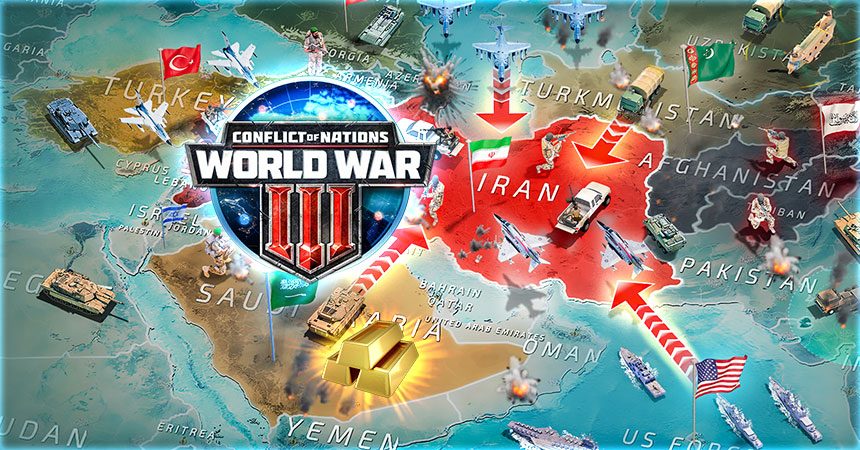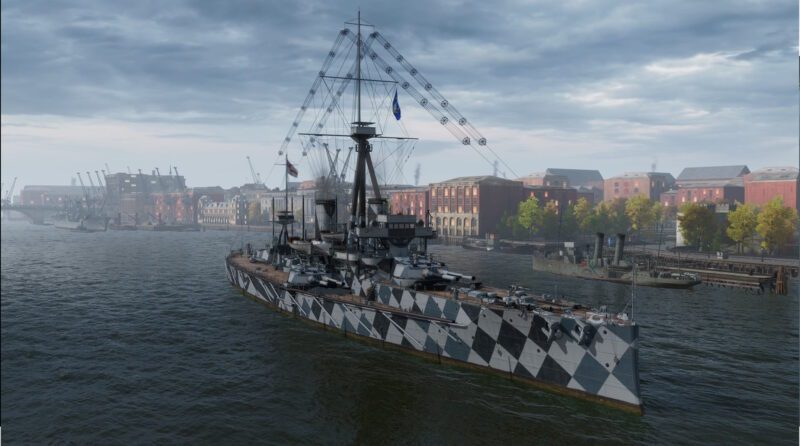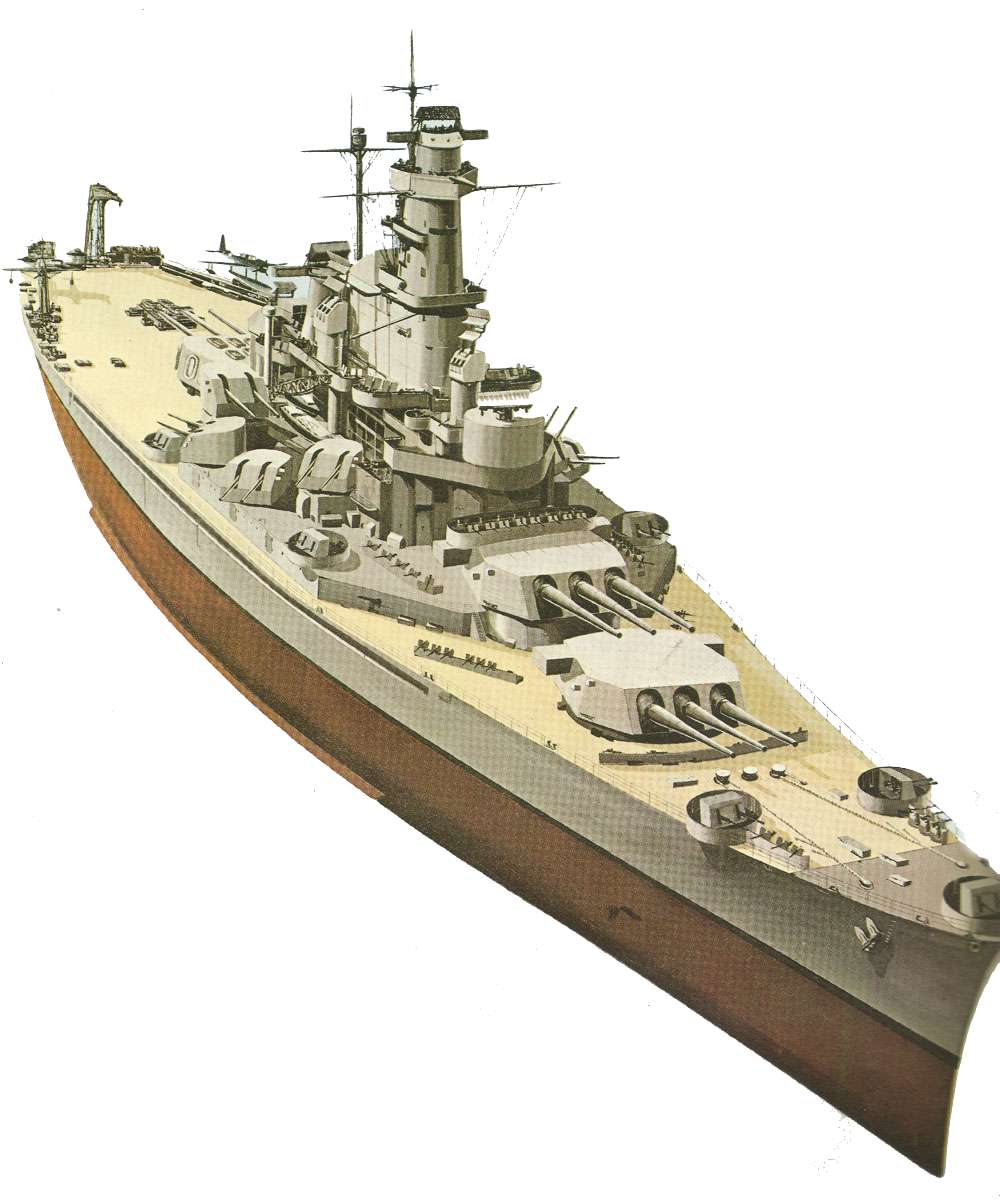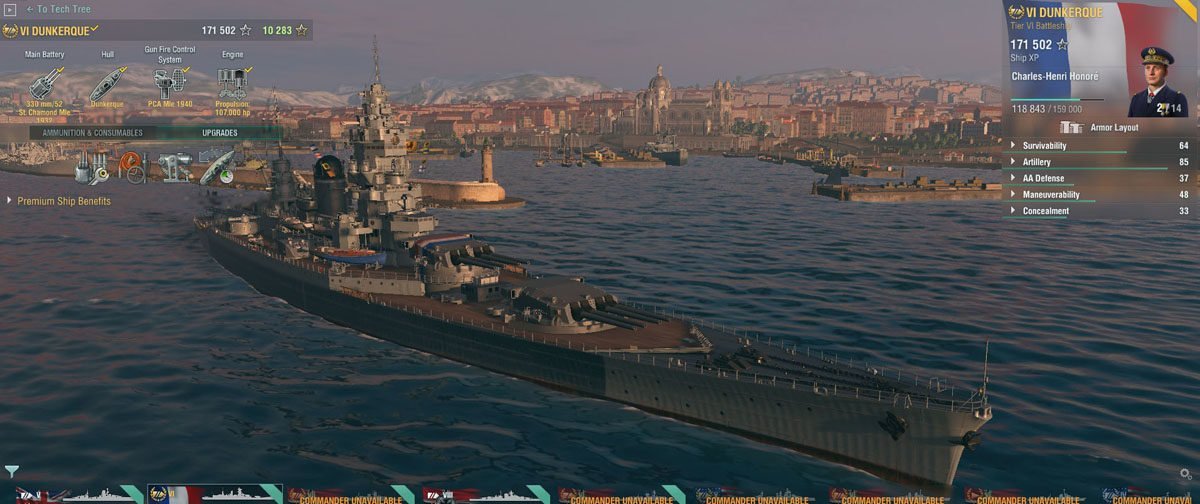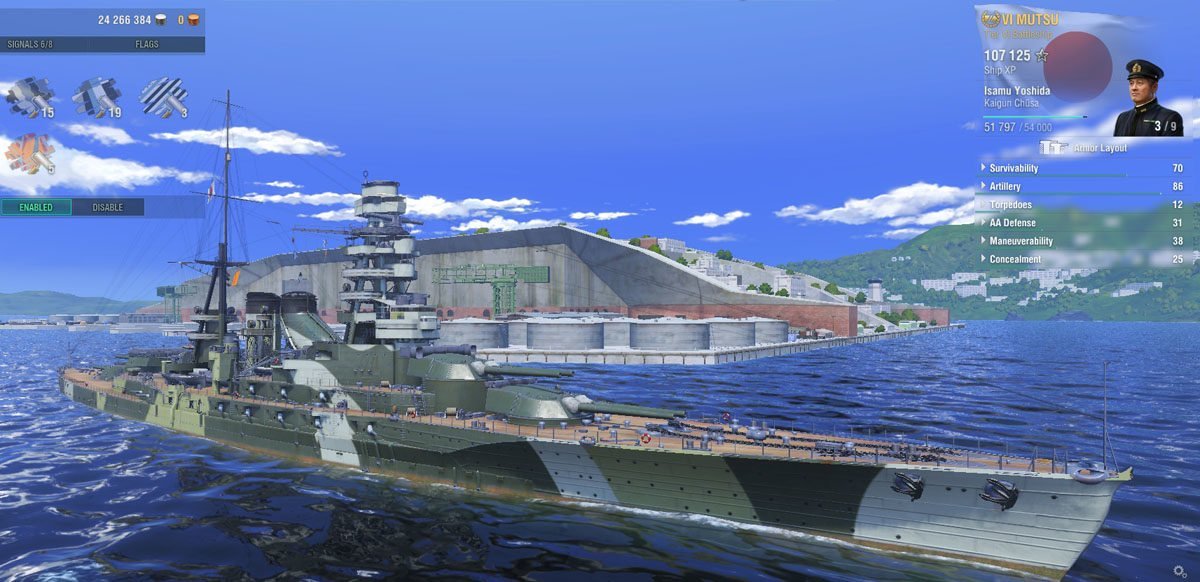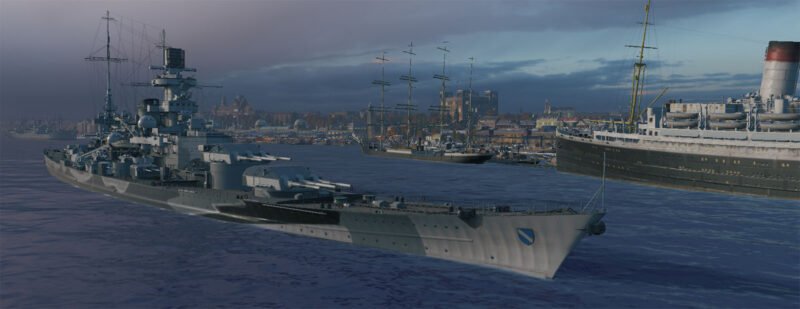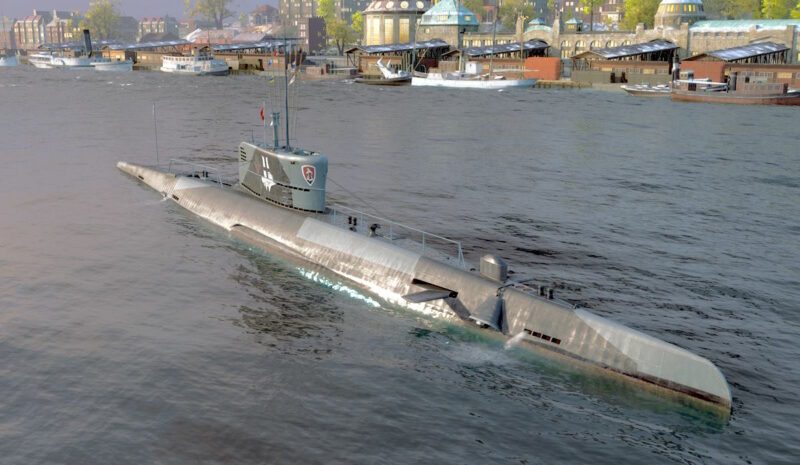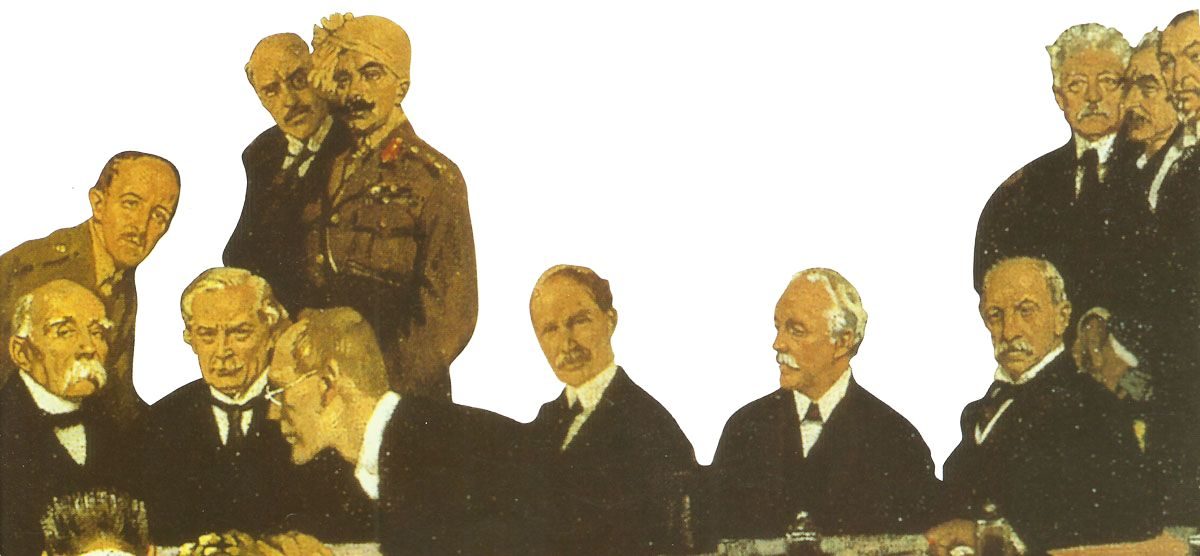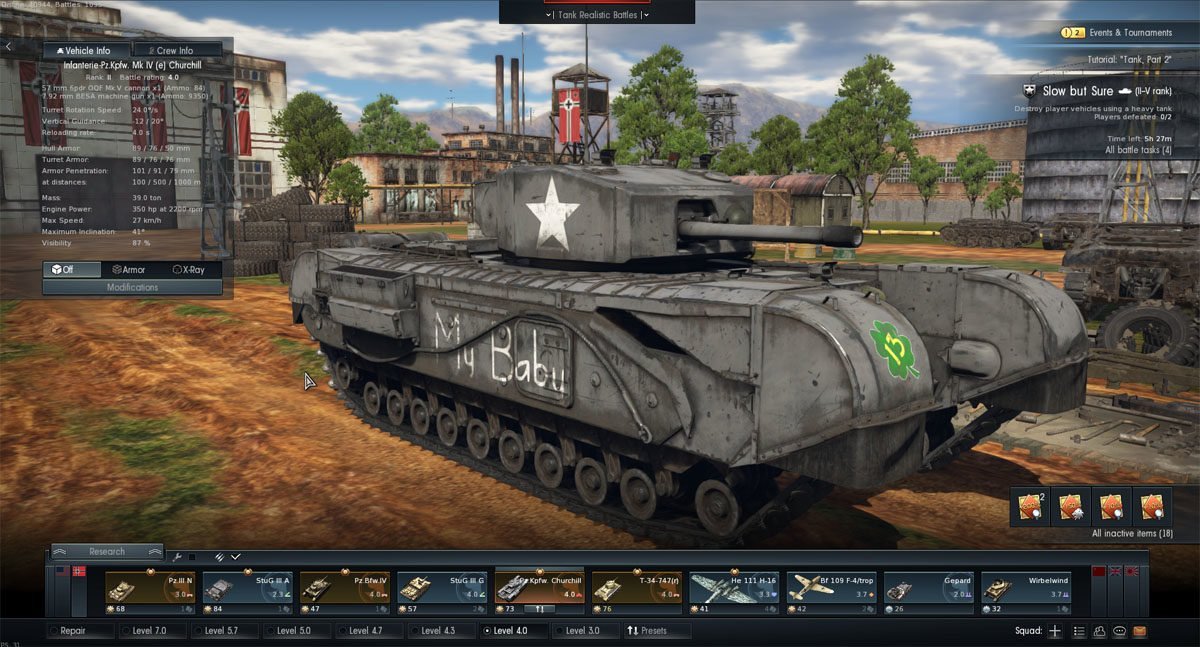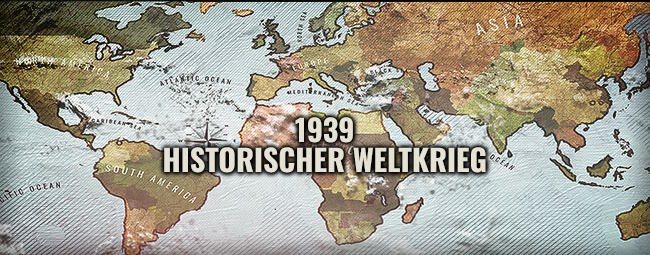World of Warships: German battleship Kaiser class from World War One.
Battleship Kaiser in WoWs with video from action and history of the class.
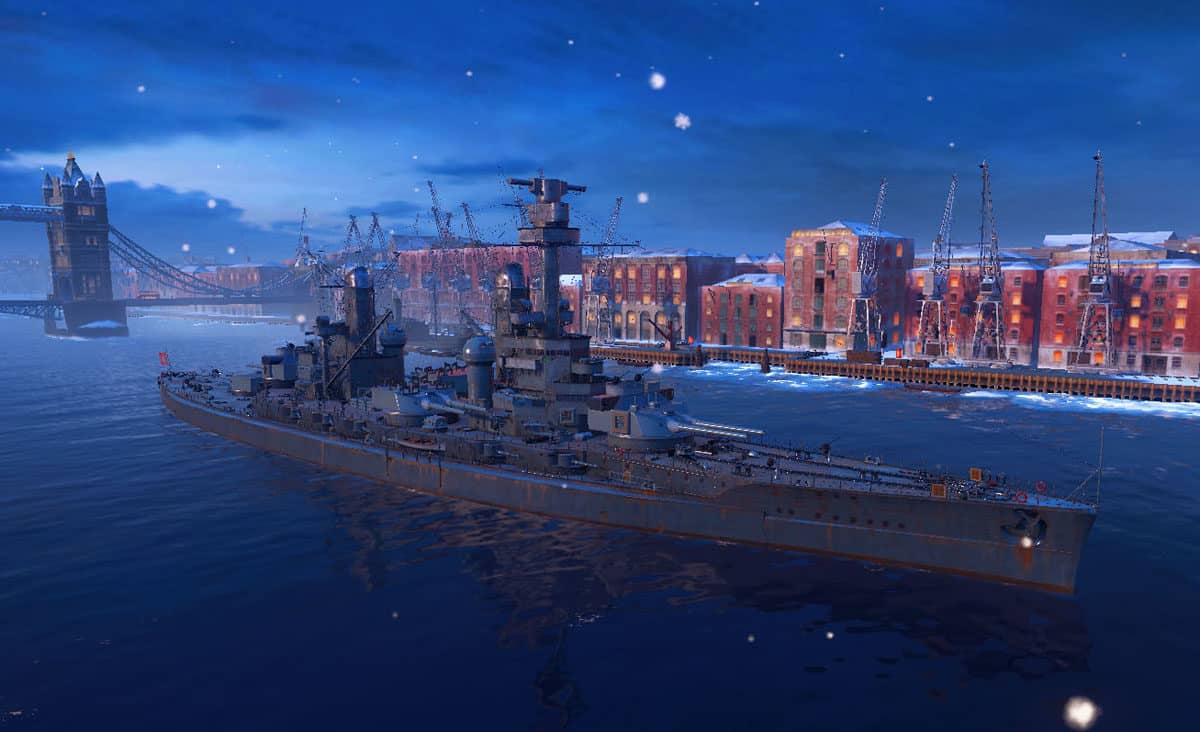
German battleships of World War One
Table of Contents
Germany’s battleships during World War I were primarily part of the Kaiserliche Marine (Imperial German Navy) and are often divided into two main categories: pre-dreadnoughts and dreadnoughts.
Pre-Dreadnought Battleships
These were older ships built before the revolutionary British HMS Dreadnought (1906), which rendered earlier battleship designs obsolete.
Notable German Pre-Dreadnoughts:
– Brandenburg class (launched 1891–1892): Brandenburg, Wörth, Weissenburg, Kurfürst Friedrich Wilhelm
– Kaiser Friedrich III class (launched 1896–1900): Kaiser Friedrich III, Kaiser Wilhelm II, Kaiser Wilhelm der Grosse, Kaiser Karl der Grosse, Kaiser Barbarossa
– Wittelsbach class (launched 1900–1904): Wittelsbach, Wettin, Zähringen, Schwaben, Mecklenburg
– Braunschweig class (launched 1902–1904): Braunschweig, Elsass, Preussen, Lothringen, Hessen
– Deutschland class (launched 1904–1906): Deutschland, Hannover, Pommern, Schlesien, Schleswig-Holstein
Dreadnought Battleships
These were modern battleships with all-big-gun armaments and steam turbine propulsion.
Nassau class (launched 1907–1908): Nassau, Westfalen, Rheinland, Posen
Helgoland class (launched 1909–1911): Helgoland, Ostfriesland, Thüringen, Oldenburg
Kaiser class (launched 1911–1913): Kaiser, Friedrich der Grosse, Kaiserin, Prinzregent Luitpold, König Albert
König class (launched 1913–1914): König, Grosser Kurfürst, Markgraf, Kronprinz
Bayern class (launched 1915–1916): Bayern, Baden (Two more— Sachsen and Württemberg —were laid down but never completed.)
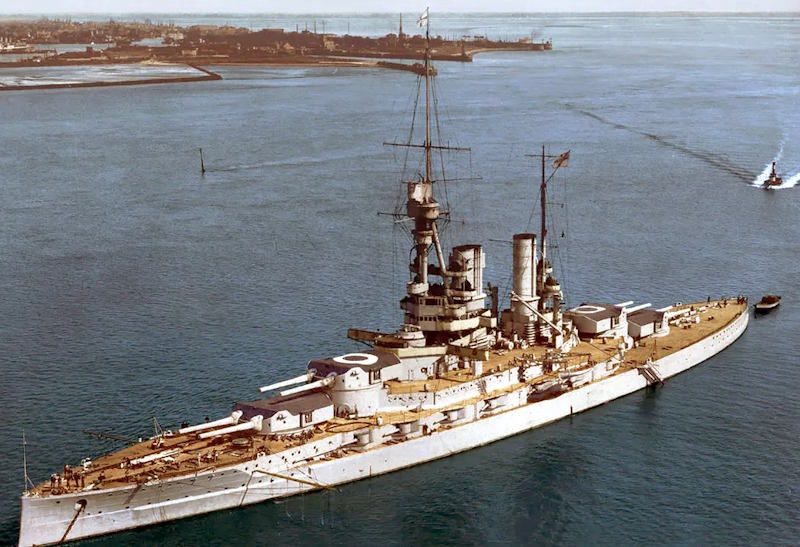
Key Engagements
German battleships were most famously involved in theBattle of Jutland (1916), the largest naval battle of WWI, where the High Seas Fleet (including most of the dreadnoughts above) clashed with the British Grand Fleet.
Fate of the Fleet
After the war, most surviving German battleships were interned at Scapa Flow and scuttled by their crews in 1919 to prevent their seizure by the Allies.
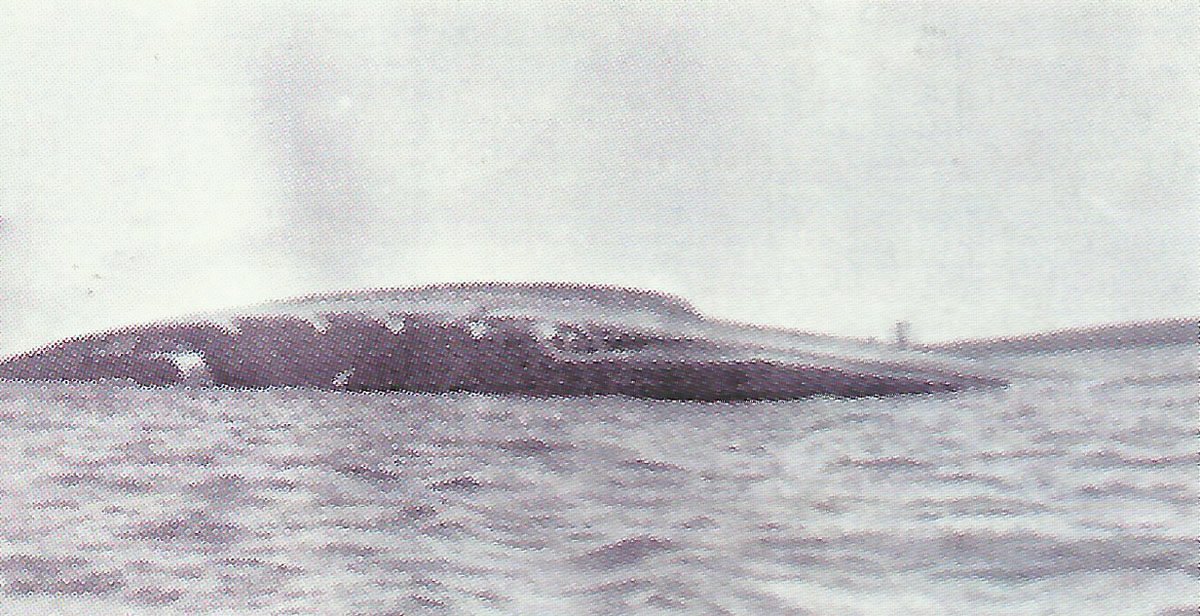
The German WWI battleship fleet evolved from pre-dreadnoughts to modern dreadnoughts, culminating in the powerful Bayern class. Their most significant action was at the Battle of Jutland, and their ultimate fate was self-destruction at Scapa Flow after the war.
German WW1 Battleship class Kaiser in World of Warships
The German battleship of the Kaiser class is the fifth ship in the German research tree (right), which can be reached after the cruisers Hermelin, Dresden, Kolberg and the very restricted, old battleship of the Nassau class.
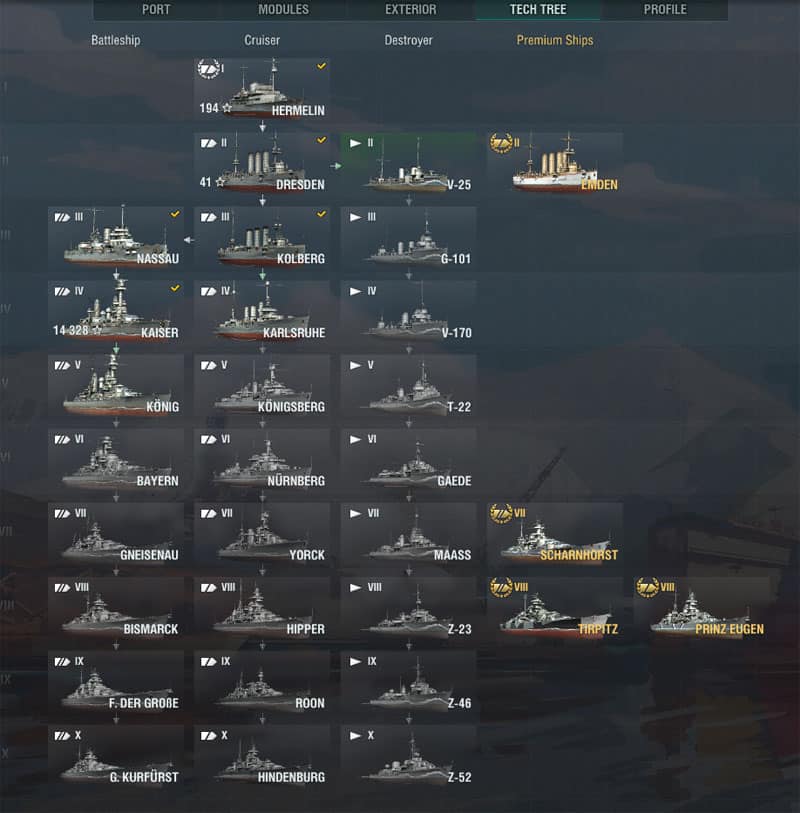
All previously listed ships can be research quickly, and they are only played a relatively short time until you reach the Kaiser class. In order to get from here the next battleship, the Koenig (King) class, a certain amount of effort and time is necessary, so that the battleship Kaiser can (must) be used for a while.
Overview about World of Warships
In World of Warships (WoW), two teams of 12 ships are fighting each other on a randomly selected battle map. In contrast to War Thunder, the ships of the teams are mixed with all nationalities, so that one can fight with his Kaiser class battleship very well against other Kaiser ships in the opponent’s fleet.
Only the number of aircraft carriers, battleships, cruisers and destroyers is roughly equal on each side. It is also possible to fight with the Kaiser only against ships, which are at most one rank (tier) higher or lower.
In World of Warships the action starts quite fast, and in contrast to War Thunder, you are also condemned to the role of the spectator, if your own ship is quickly sunk – a new entry with a reserve ship is not possible here. And if you leave the struggle, your own ship is also locked during the remaining battle period. However, you can accumulate several ships on the deck so that you can fight another battle in the meantime with another one.
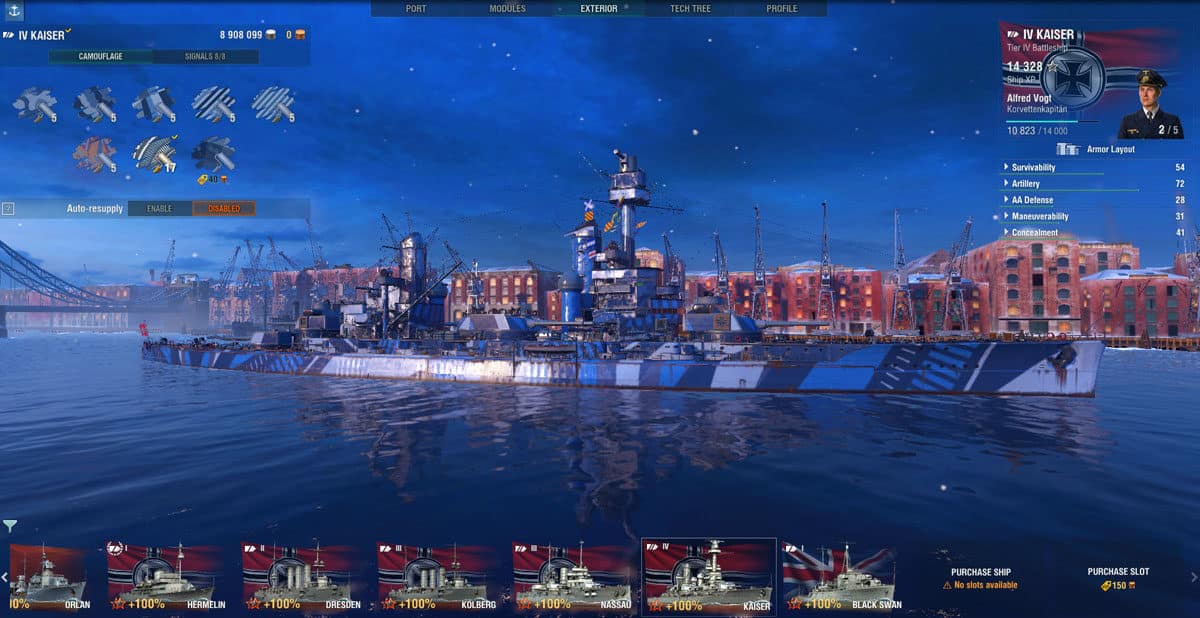
Each ship can also be further improved, the captain learns new abilities and additional camouflage paints, and hurried flags have different effects and influences, e.g. the visibility of their own ship, fire speed and repairability.
However, in World of Warships, the ‘stone-scissors-paper’ principle exists. Usually destroyers are beating battleships with their torpedoes at a short distance (since they are sighted very late by battleships), cruisers beat destroyers, and battleships beat cruisers.
Aircraft carriers play a special role. Here, the captain primarily directs the operations of his carrier-based aircraft.
Battleships are very good for a less hectic game play. The fire is possible at a greater distance of about 10 miles (ca. 16 km) and reload time of the guns of more than 10 seconds can be used to correct the course or the speed and adapt it to your own fleet as well as to look for suitable enemy ships for the next salvo, although the slow rotation of the main gun turrets must be taken into account.
Also, battleships can be repaired to some extent during the battle and are not the fastest, so there is little hustle and bustle but a good overview about the action.
Video from action with the Kaiser in WoW

History and Specifications of the Kaiser class
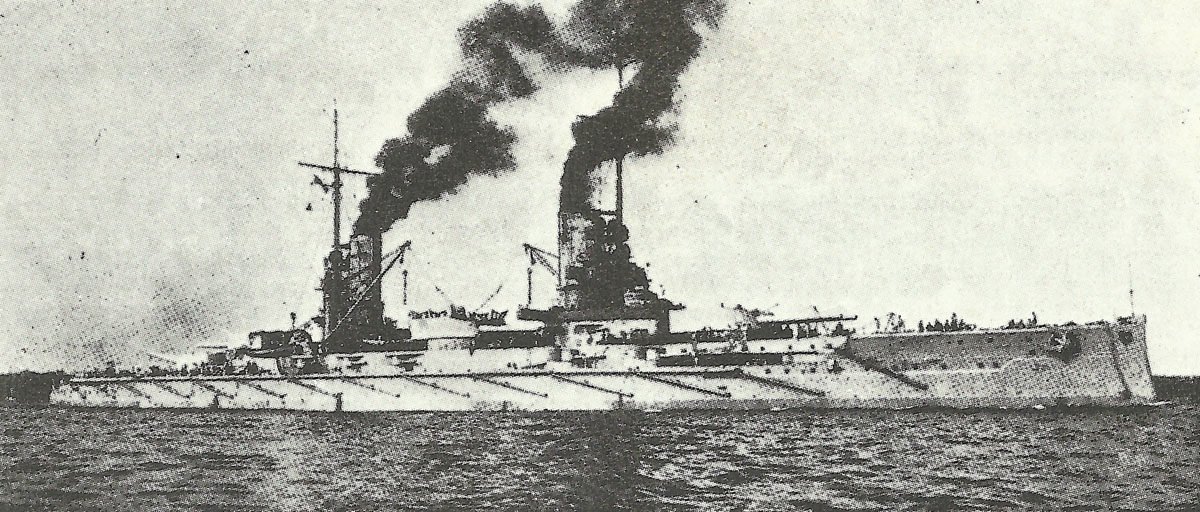
The Kaiser class consists of five ships instead of the usual four of German capital ships. The battleships were ‘Kaiser’ (March 1911), ‘Friedrich der Grosse’ (Frederick the Great, June 1911), ‘Kaiserin’ (November 1911) , ‘Prinz Regent Luitpold’ (February 1913), ‘König Albert’ (King Albert, April 1912).
The ships had a displacement of 24,700 tons and a complement of 1,088 men.
Armament
10 x 12-inch guns
14 x 6-inch guns
12 x 24 Pounders
4 x 14 Pounders anti-aircraft guns
5 torpedo tubes (20 inch): 4 submerged (broadside), 1 submerged (stern)
Armour
14 inch (ca. 36 cm) belt (amidships)
6 inch (ca. 15 cm) belt (bow)
5 inch (ca. 13 cm) belt (aft)
12 inch (ca. 30 cm) main turrets
7 inch (ca. 18 cm) secondary battery
(total weight of the Krupp armor 6,000 tons)
Machinery
3 Parson turbines with 3 screws
Schulz-Thornycroft boilers
25,000 hp = 20 kts
Coal: normal 1,000 tons (maximum 3,600 tons); about 200 tons oil.
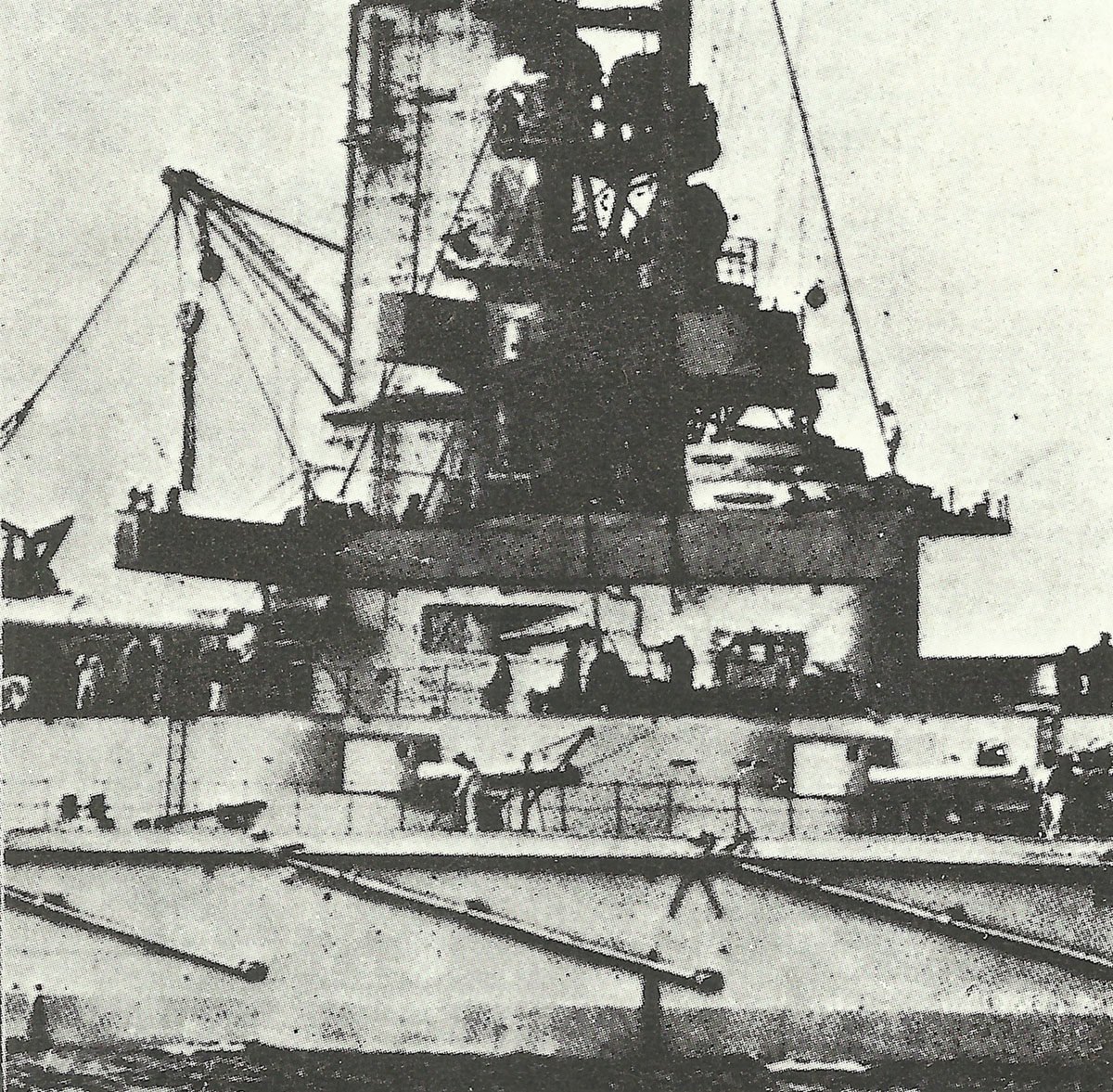
All ships were in action at the Battle of Jutland and scuttled at Scapa Flow after the war.
References and literature
Jane’s Fighting Ships of Word War I
The Illustrated Directory of Warships from 1860 to the present day (David Miller)
Kriegsschiffe von 1900 bis heute – Technik und Einsatz (Buch und Zeit Verlagsgesellschaft)





